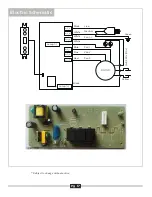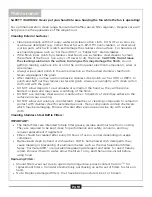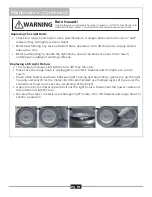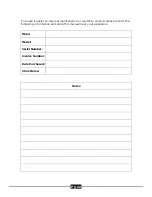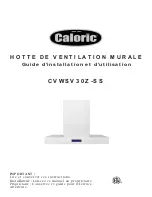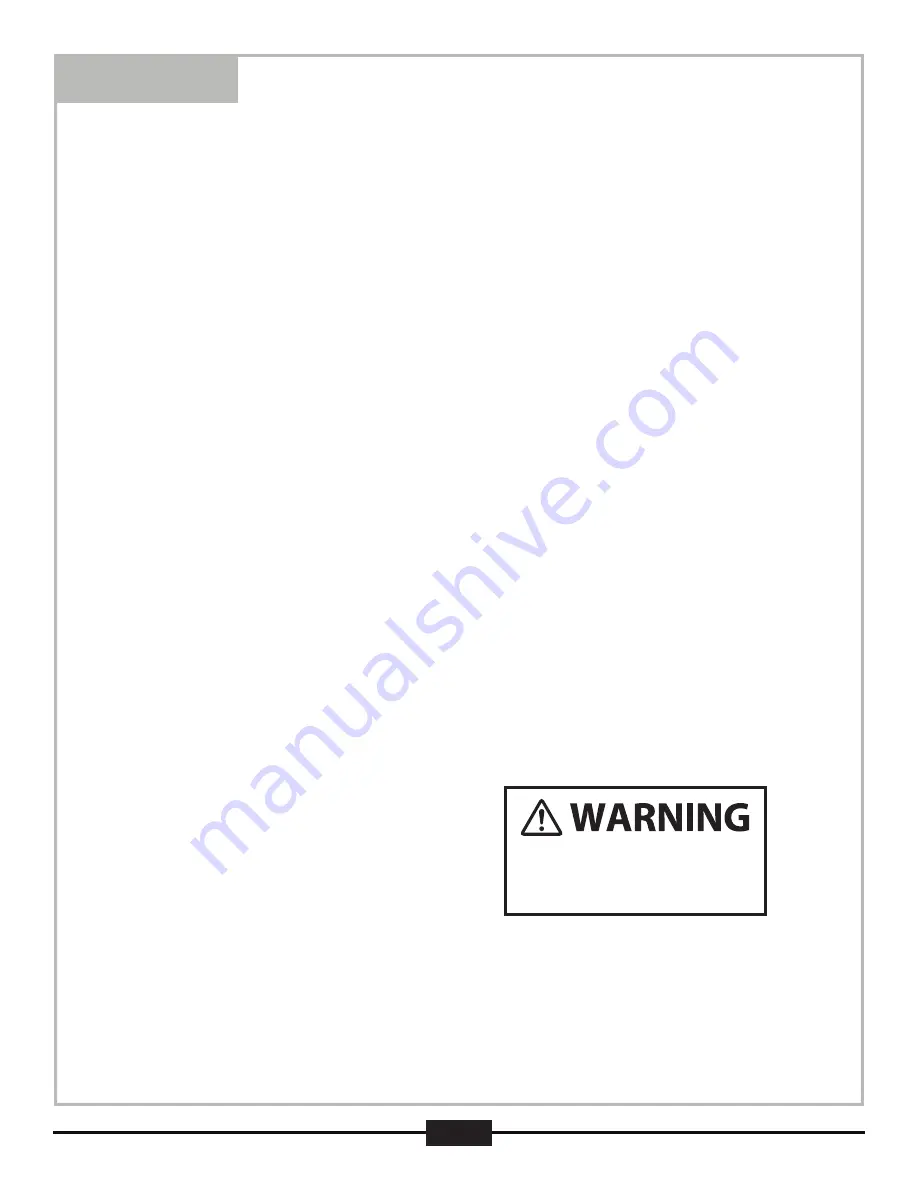
Figure 1
NOTE: To avoid damage to your hood, prevent debris from entering the vent opening.
1.
Determine and mark the center line o n the wall where the range hood will be installed.
Make sure
there is proper cl earanc e within the c eiling or w all for exhaust vent.
2.
Due to the w eight and size of this unit, please make sure that the
supp ort system or
framew ork
being used is stable and sec ure in the
wall or c eiling.
3.
Put a thick, pro tective covering o ver c ounter top, c ook top or range to protect from
damage or
dirt. Remove any haz ardo us obj ec ts around
the area when installing.
4.
Mark the lo cations of the support mounting brac ket holes, d uc ting
cutout (if used ) and
power supply cable cutout on the wall or ceiling behind the chimney covers.
Use drill
and saber saw or keyhole saw to cut opening for power supply cable and ducting (see
Venting Requirement and Electrical Requirements,
pages 5-8).
5.
If venting to the outside install vent system (see
Venting Methods,
page 7
). Use caulking
to seal
the
exterior wall or roof openings.
6.
Disconnect main electrical supply, prepare and run electrical wiring through ceiling or
w
all. Install
a
power outlet within reaching distance of the range hood assembly. DO
N
O
T restore power until
installation is completed.
7.
Disconnect the power cord and remove the stainless steel ba
ffle
filters as shown on
Figure 1.
8.
Set aside the stainless steel baffle filters until the range hood is installed.
9.
A
ssemble the duct adapter onto the range hood body. Place the duct adapter gasket
into the
hollow perimeter of the rectangular side of the duct adapter
; place the
rectangular side of the duct adapter
over the range hood duct, aligning
screw holes;
fasten the duct adapter onto the
range hood body using the supplied hardware: "D"
screws.
Pg 9
Preparation
Severe Injury
Rotating fan can cause severe
injury. Stay clear of fan when
power is present.
Baffle Filter Installation


















